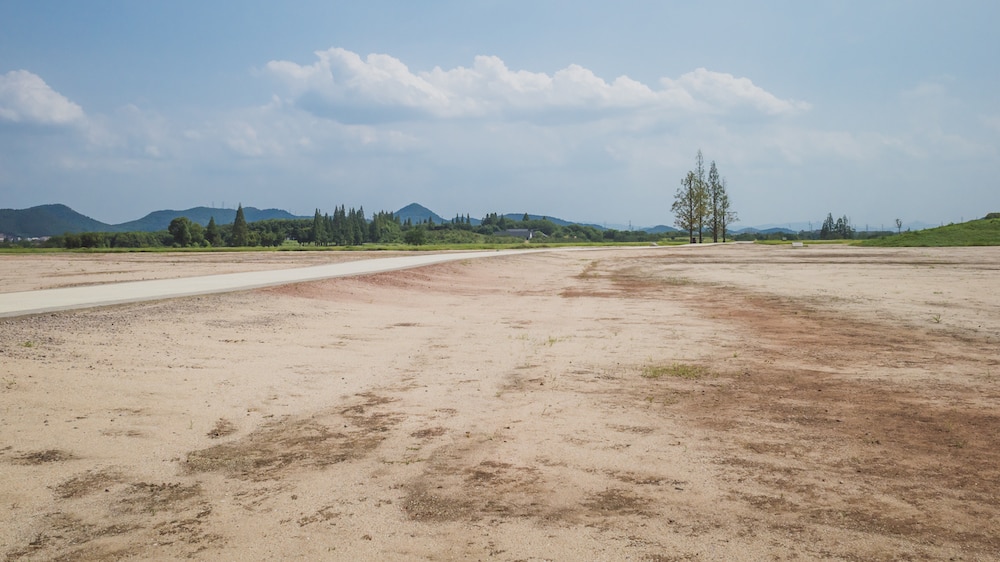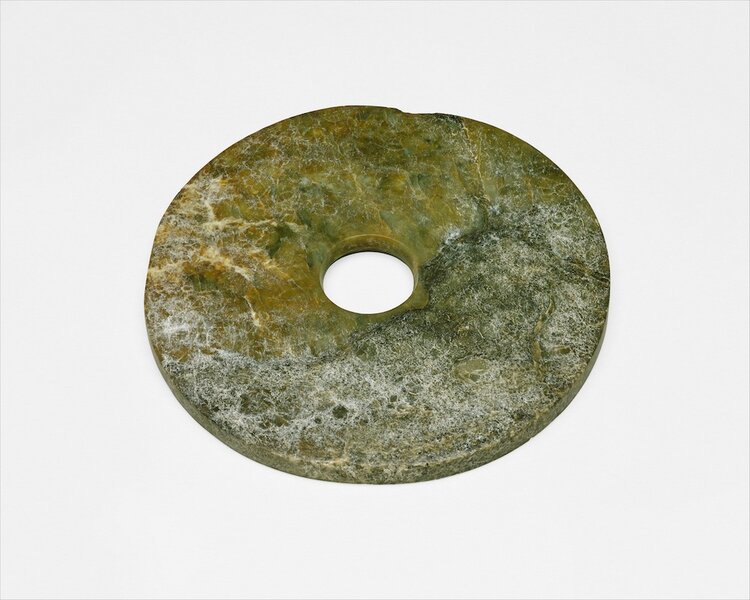Create a free profile to get unlimited access to exclusive videos, sweepstakes, and more!
How did an entire civilization get wiped off the face of the Earth?
The ancient Liangzhu culture of China mysteriously disappeared 4,400 years ago, and now we know why.

There are ghost towns, and then there are ghost civilizations that vanished as quickly as they once rose and flourished.
Such a civilization was thought to have been vanished into nothingness until now. A gaping expanse of land is all that is left of Liangzhu City in China, whose grandeur seemed as if it would live on forever, but it only thrived for a thousand years. Why it fell remained a mystery since its remains were unearthed. Now, new research has found evidence of floods that destroyed the Neolithic city around 4,400 years ago and brought it crashing down.
The Liangzhu culture first emerged near the delta of the Yangtze River — the same river that would ultimately lead to its demise. Its people were not the stereotypical cavemen you might associate with the Stone Age. They had been creators of incredibly advanced technology for their time, including a sophisticated system of hydraulics. Researcher Haiwei Zhang led a study, recently published in Science Advances, that demystifies the marvelous city’s fall.
“Two extreme flooding events occurred between 4,400 and 4,300 years ago followed by an anomalously wet period from 4,300 to 4,000 years ago,” Zhang told SYFY WIRE. “The entire region of the lower Yangtze River suffered heavy rains after the megadrought.”
It was an almost unnoticeable layer of yellowish silt covering the ruins of the city that made Zheng and his research team suspicious. This silt was geochemical evidence of flood deposits that led to further investigation beneath the surface. Isotopes found in mineral formations, or speleothems (such as stalactites and stalagmites), in two nearby underwater caves revealed more about the flooding. Liangzhu City met its end over a decades of merciless rain. These rains were too intense for even its dams, which were far ahead of their time, to handle.
Isotopes of carbon and oxygen in the speleothem samples that were studied in ultra hi-res allowed the researchers to look back in time by figuring out the exact times when Liangzhu drowned in heavy summer monsoons. With the paleoclimate reconstructed as far back as 14,000 years, they were able to look further into the hydroclimatic record, which showed the impacts of the climate on precipitation and how that precipitation affected the climate. There had been a megadrought before the conditions shifted to the opposite extreme.
“In the context of decreasing northern Hemispheric summer insolation, increased frequency of El Nino-Southern Oscillation (ENSO) conditions led to the violent fluctuation of precipitation in the lower Yangtze River region,” said Zhang.
The city barely had time to breathe after that before it was bombarded again. As ENSO faded, the monsoons became somewhat less intense but kept pouring rain on the lower region of the Yangtze River. The East China Sea, Yellow Sea and Yellow River also flooded Liangzhu. This is not the only instance of non-anthropogenic climate change that devastated the ancient world. 3,000 years ago, in what is now the Sahara desert, another ancient civilization was forced to flee after a deadly rise in regional temperatures brought on heavy rains caused the Nile to overflow.
It is unnerving enough that climate change thousands of years ago were not caused by humans, but evidence of the damage it left behind should be a threat of what could happen if we do nothing about the emissions that are currently causing global warming. Zhang predicts that anthropogenic climate change may drive millions of people from the lowlands of southeastern China and other areas in tropical and subtropical East Asia. The tropics will always face the most danger, but that doesn't necessarily mean that the rest of the planet is safe.
“Many studies have indicated that the frequency of ENSO is increasing under global warming by the anthropogenic forcing,” he said.
Maybe what happened to the city of ghosts in Liangzhu can be a reminder that unless we reverse our own damage, we, too, could drown.



























